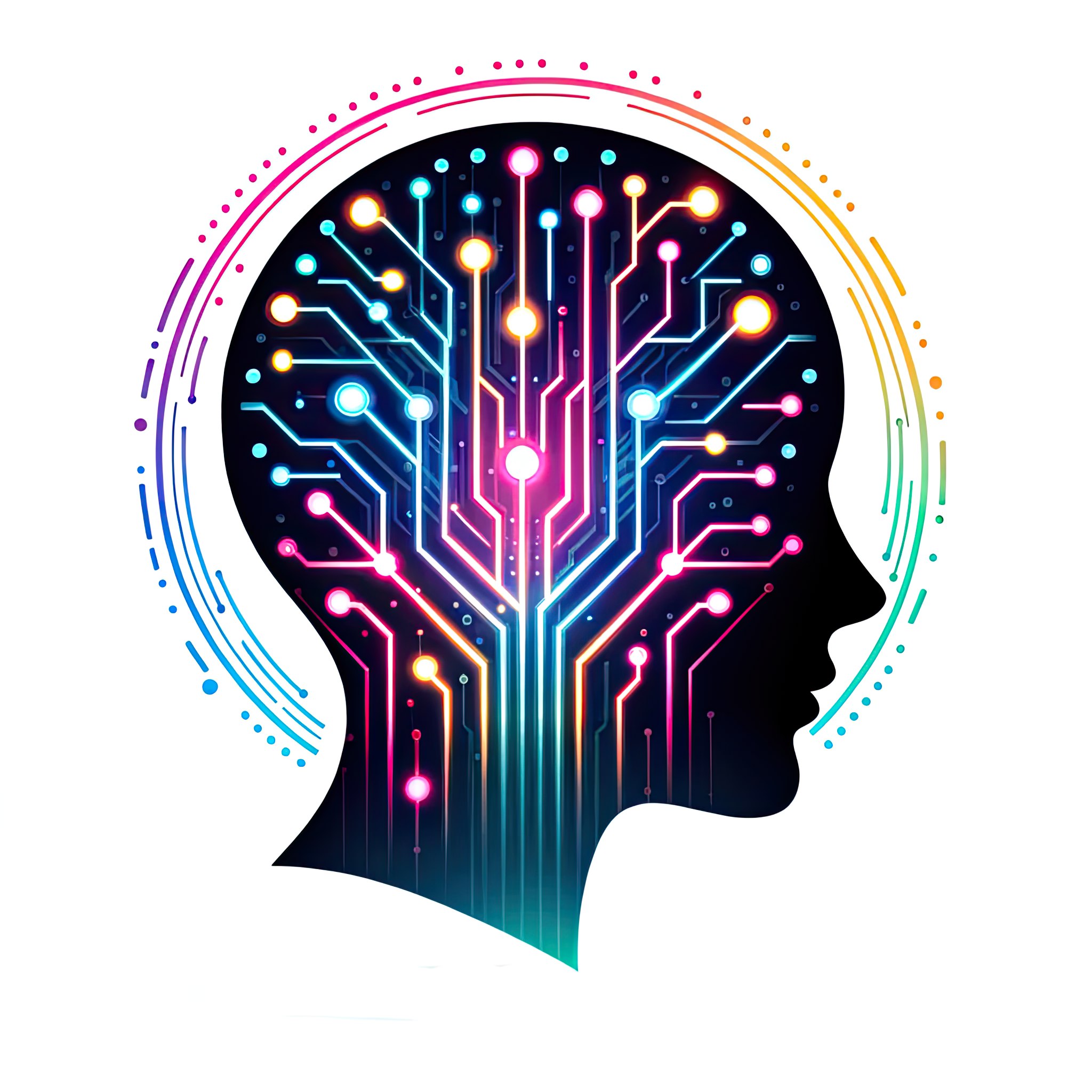Here are some of the main revolutions in the history of computing:
- The invention of the abacus: The abacus was one of the oldest known calculating tools. It was used for many centuries to perform basic arithmetic operations.
- The invention of the mechanical calculator: In the 18th century, the first mechanical calculators were invented, which used gears and levers to quickly perform mathematical operations.
- The invention of Charles Babbage’s Analytical Engine: In the 19th century, Charles Babbage designed an Analytical Engine, which could perform any algorithmic calculation. Although it was never completed, Babbage’s Analytical Engine provided the basis for many subsequent developments in computing.
- The invention of electronic computers: In the 20th century, the first electronic computers were developed, which used electronic circuits to quickly perform mathematical operations. The first electronic computers were large and expensive, but over time they became smaller and more accessible.
- The invention of personal computers: In the 1970s and 1980s, the first personal computers were developed, which were small and convenient enough to be used by individual people in their everyday lives. This marked a major turning point in computing, as it made it possible for ordinary people to use computers to work, play, and communicate.
- The rise of the Internet: In the 1990s, the World Wide Web was developed, which made it possible for people around the world to access information and communicate online. The rise of the Internet has had a huge impact on the everyday lives of many people and has revolutionized the way we connect and share information.
- The rise of mobile devices: In the 2000s, the first smartphones and tablets were developed, which made it possible for people to access the Internet and use applications conveniently wherever they were. This has led to even wider adoption of computing and has revolutionized the way we stay in touch and work on the go.
- The rise of artificial intelligence: In recent years, artificial intelligence has become increasingly important in computing and is changing the way businesses and organizations work. Technologies such as machine learning and natural language processing are making it possible for computers to perform tasks that require human intelligence, such as image recognition and natural language understanding.
- The rise of blockchain: Blockchain is a distributed technology that enables the creation of a shared, immutable digital ledger. It has become particularly important for its application in the world of cryptocurrencies, but is finding applications in many other fields, such as supply chain management and digital rights management.
- The rise of virtual and augmented reality: Virtual and augmented reality are becoming increasingly popular and are changing the way we play and work. Virtual reality allows users to immerse themselves in realistic digital worlds, while augmented reality superimposes digital elements on top of real-world elements. These technologies have the potential to change the way we interact with the digital and physical world.

Here are some potential future revolutions in computing:
- The rise of quantum computing: Quantum computing leverages the principles of quantum mechanics to perform calculations much faster than a conventional computer. Although it is still in development, quantum computing could have a huge impact on many fields, such as finance, materials science, and cyber security.
- The rise of digital biotechnology: Digital biotechnology refers to the use of computing technologies to analyze and modify genetic material. This could lead to significant developments in the medical field, such as the treatment of genetic diseases and the enhancement of physical characteristics.
- The rise of advanced virtual reality: Advanced virtual reality could become increasingly realistic and immersive, allowing people to “enter” digital worlds and interact with them naturally. This could have significant implications for work, play, and training.
- The rise of extended automation: Extended automation refers to the use of robots and artificial intelligence to perform tasks that were once reserved for humans. This could have significant implications for the world of work, both in terms of efficiency and unemployment.
- The rise of mind control technology: Mind control technology refers to the use of technologies such as brain stimulators to modify brain functions and behavior. This could have significant implications for the treatment of mental illnesses and the enhancement of human capabilities.
- The rise of human-machine merger technology: Human-machine merger technology refers to the use of implants and prosthetics that enhance human physical and cognitive capabilities. This could have significant implications for the rehabilitation of people with disabilities and the enhancement of human performance.
All images and all text in this blog were created by artificial intelligences

